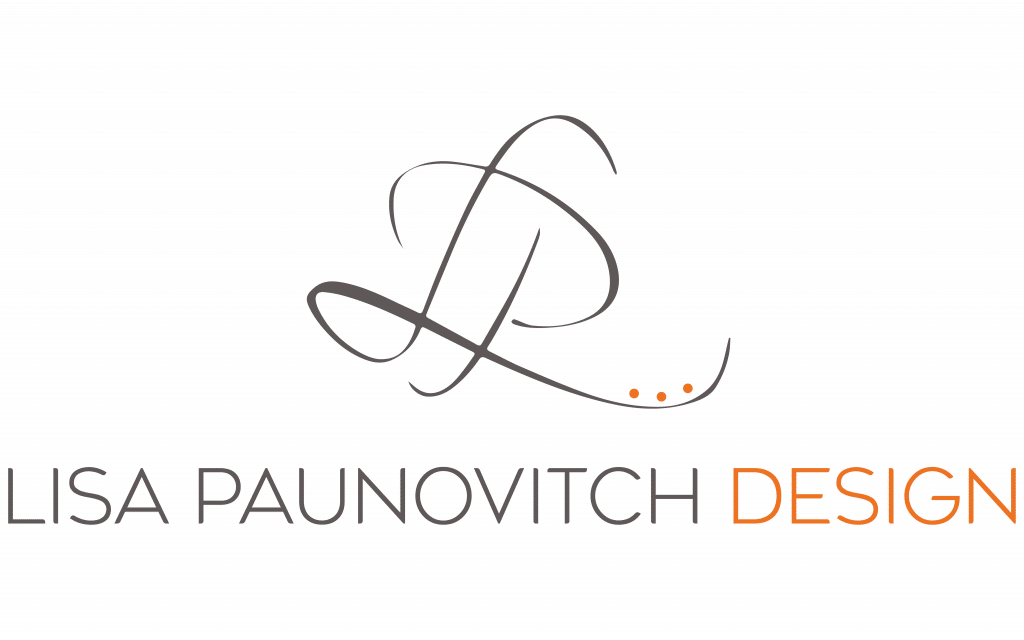Interior design is a multifaceted art that encompasses a myriad of elements, and one of the most powerful tools at a designer’s disposal is the use of different textures. Texture is an often underestimated, yet incredibly important aspect of interior design. When employed thoughtfully, it has the potential to transform a space, adding depth, character, and visual interest. Here, we explore the importance and creative potential of utilizing diverse textures in interior design.
- Creating Visual Interest: Texture adds a dynamic dimension to a room, breaking up monotony and making it more visually appealing. Smooth, shiny surfaces can be balanced with rough, tactile elements like raw wood or stone. The interplay of light and shadow on different textures can create a visually engaging and ever-changing atmosphere.
- Tactile Experience: Beyond visual aesthetics, textures also provide a tactile experience. The feel of a soft, plush carpet underfoot or the cool touch of a marble countertop can greatly impact our perception of a space. Incorporating contrasting textures allows occupants to interact with the environment in different ways, enhancing the overall sensory experience.
- Defining Zones: In open floor plans, different textures can be used to define separate functional zones. For example, a cozy, textured rug can designate a sitting area in a larger living room, while a sleek, polished dining table may anchor the dining space. This creates a sense of organisation and purpose within an open space.
- Emphasising Style: Texture can be a powerful tool for emphasising a particular style or theme. For instance, distressed wood and vintage fabrics can evoke a rustic or shabby-chic ambiance, while glossy surfaces and sleek materials can convey a modern, minimalist feel. The texture’s compatibility with the chosen style is key to a coherent design.
- Balancing Elements: The judicious use of textures can help balance the various design elements in a room. If a space is dominated by hard, smooth surfaces, the introduction of soft, textured elements like cushions, throws, or curtains can add warmth and comfort. Conversely, in a space dominated by textiles, smooth, reflective surfaces can introduce a touch of sophistication and contrast.
- Enhancing Acoustics: Texture can play a role in improving the acoustic properties of a room. Fabrics, wall coverings, and upholstered furniture can help absorb sound and reduce echoes, creating a more comfortable and acoustically pleasing environment.
- Functional Considerations: Textures can also serve practical purposes. For example, in high-traffic areas, using durable, textured flooring can improve safety and longevity. In wet areas like bathrooms, slip-resistant tiles can be both functional and visually appealing.
- Personal Expression: Texture is a highly personal aspect of interior design. It allows individuals to express their personality and preferences. Some may prefer the coziness of soft, plush textures, while others may gravitate toward the sleek, modern look of glass and metal. A well-designed space should reflect the personality and lifestyle of its occupants.
In conclusion, textures are a versatile and underutilized aspect of interior design. When incorporated thoughtfully, they can create spaces that are not only aesthetically pleasing but also comfortable, functional, and expressive. The careful selection and harmonious combination of different textures can truly elevate the design of a room, making it a unique and engaging environment that resonates with those who inhabit it.





